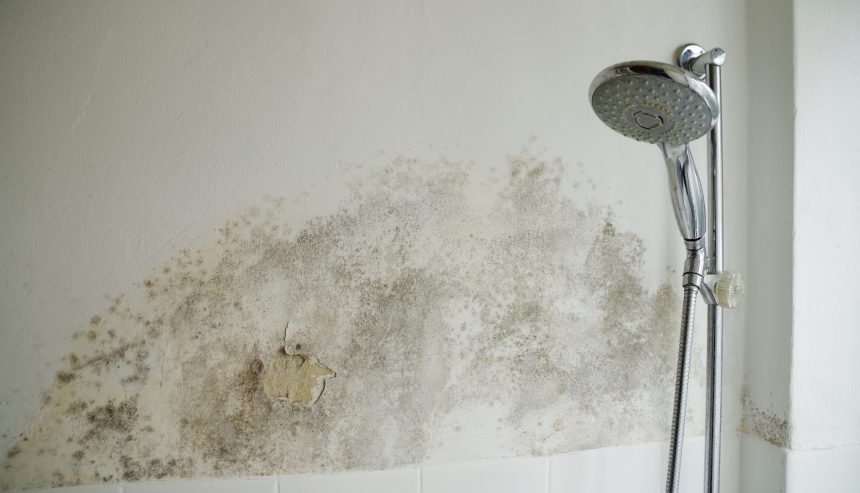Exactly How to Prevent Water Damage in Your Bathroom
Exactly How to Prevent Water Damage in Your Bathroom
Blog Article
Are you currently trying to find ideas around How to Repair and Prevent Bathroom Water Damage?

The washroom is exceptionally prone for damp accumulation and potential water damages as a result of the regular use of water in it. This article supplies straightforward assessment techniques to aid finding water damages risks.
The frequent use of water in the washroom makes it exceptionally vulnerable for moist accumulation and also possible water damages. By evaluating it on a regular basis, you can reduce water related problems.
The complying with set of evaluations is easy to perform and need to be done as soon as in every 3 months in order to keep your restroom in good shape and also to stop prospective water damages brought on by the bath tub, the shower, pipeline joints as well as plumbing, sinks, cabinets, and also the commode
Do not disregard carrying out these inspections and also be complete while doing them. Keep in mind that these simple examinations can conserve you a lot of money by giving early indications for water damages
Tub and Shower
The shower and also tub require unique interest and upkeep. Examine the ceramic tiles and change if split. Make sure that there is no missing out on cement between the floor tiles. Examine and change cracked caulking at joints where the wall surfaces meet the flooring or the tub. Obstructed drains pipes and pipelines problems will certainly prevent the tub from drying and also may show significant problems below the bath tub. Speak with a specialist instantly to stop architectural damages. Pay attention to discolorations or soft locations around the bathtub walls as they might indicate an interior leakage.
Plumbing
Signs for water damage are difficult to identify since many pipelines are mounted inside the walls.
Pay special focus to floor covering and wall surfaces dampness and spots as they might show an unnoticeable plumbing issue. Examine moisture levels in adjoining spaces too.
Sinks and also Cabinets
Sinks and closets are subjected to dampness and humidity day-to-day and also are typically forgotten. Inspect frequently under the sink and also on the kitchen counter above it. Fix any type of drip in the catch as it might suggest drain problems. Take a look around the sink, slow-moving draining pipelines might show a blocked drain. Replace sink seals if they are broken or loose.
The Toilet
The toilet is a susceptible water junction. Inspect the water lines as well as search for leakages around the bathroom seat, in the pipe, and also under the water container. If you identify any signs of dampness on the flooring around the commode, check for leaks in the toilet rim as well as storage tank seals.
Realize that hanging commode bowl deodorants enhances the possibilities for blockages.
Water Damage Signs In The Bathroom To Avoid Cleanup
Musty smell
This is one of the easiest signs to catch because musty smells are so odorous. The damp, earthy, moldy smell should be a big red flag. The smell will develop when moisture gets trapped in surfaces, and begins to facilitate mold growth. Leaking pipes under cabinets, inside walls, and behind shower fixtures will cause moisture to stay trapped and not dry, which will lead to mold growth and spread. As soon as you notice any musty smells in your bathroom, have it checked for hidden water damage and cleanup signs.
Visible mold
If the smell isn’t there to give it away, sometimes you will actually see mold growth. Finding mold in your bathroom is a serious problem, because mold is very harmful to your health. By the time mold growth is visible, it also means that water damage has already occurred and been present for some time. The only way the mold problem can be resolved is to find the source of the moisture and get it stopped. To safely and adequately remove mold, you need to have professionals handle the remediation. Do not waste any time in getting mold problems addressed, fixed, and sanitized so that you can protect you and your family from the many respiratory symptoms caused by mold exposure.
Damaged floors
Bathroom floors should be able to withstand some exposure to water while still remaining in good condition. However, when excess exposure or water leaks occur, they will begin to damage even the most water-resistant flooring. If you notice any cracking, bubbling, staining, or warping on your bathroom floors, there is probably a water leak somewhere causing the distortion. If you notice areas of the floor have become softer, or even have a spongy feeling, there is probably damage to the subfloor. Subflooring is typically made up of plywood. When plywood is exposed to water or moisture, it will absorb it. Once it has become saturated, the weight of the excess water will cause the wood to swell and soften. Check the floors in your bathroom frequently to catch any of these sings before they lead to damaged subflooring.
Changes on walls
When water leaks behind walls, it will cause changes in the drywall. Peeling plaster, blistering paint, and soggy wallpaper are all good indicators that excess water is building up behind the wall. Water leaking behind drywall will cause it to swell and be soft to the tough. If you start to notice gaps along the trim of your walls, or where tile meets the wall, it could also be a strong indicator that there is a leak behind the wall. Any changes, distortion, or damage on the walls should be evaluated as soon as you notice it to prevent further water damage and cleanup.

I was shown that report about How to Prevent Bathroom Water Damage from someone on another web blog. Kindly set aside a second to distribute this page if you enjoyed reading it. Thank you so much for your time invested reading it.
About Report this page